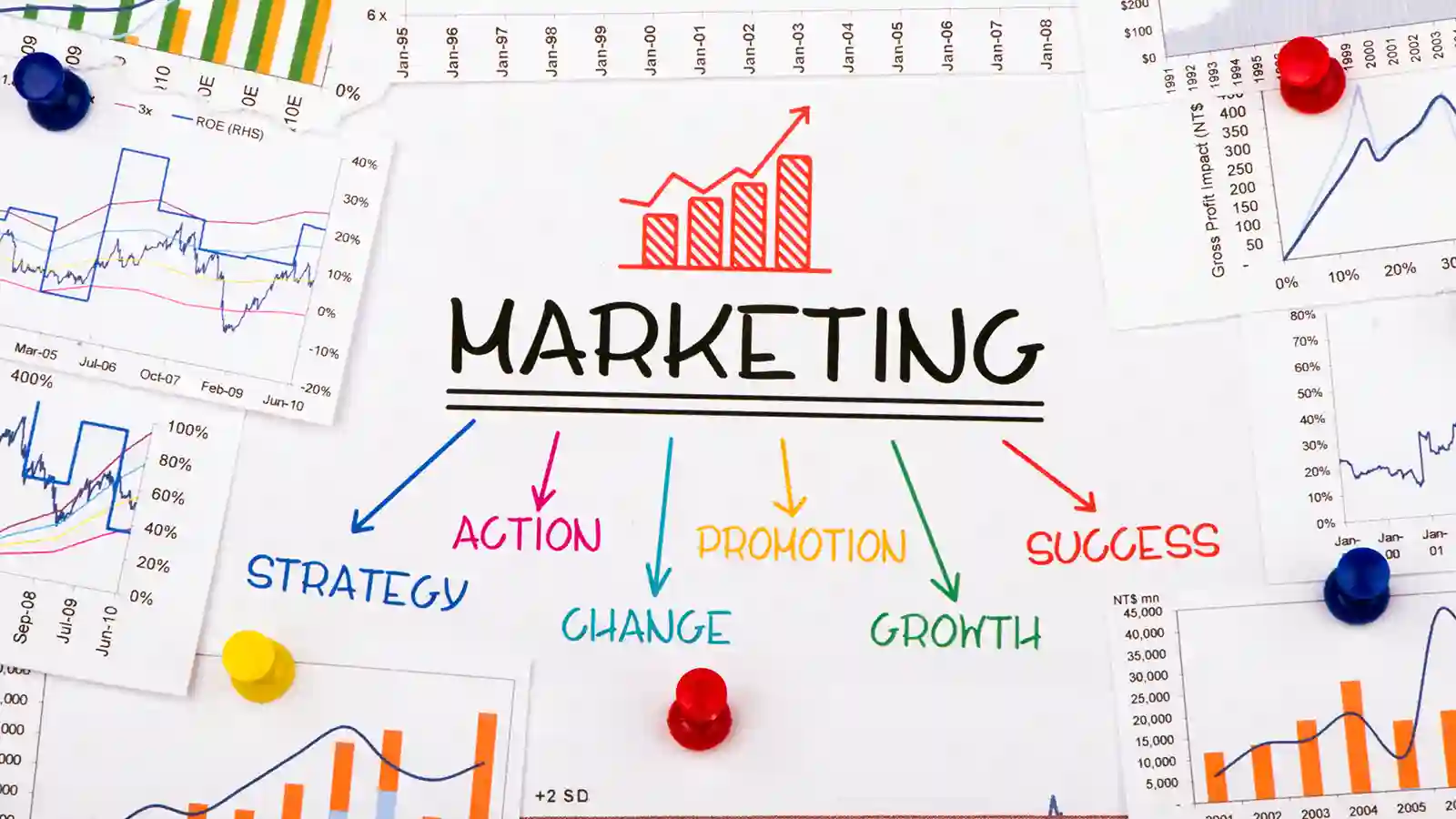Step 1: Analyze Trends
- Market Research: Continuously monitor industry reports, consumer behavior, and emerging technologies. Utilize tools like Google Trends, social listening platforms, and competitive analysis.
- Data Analysis: Examine internal data such as website analytics, customer purchase history, and campaign performance to uncover patterns and growth opportunities.
- Trend Mapping: Identify actionable insights by connecting macro trends (e.g., AI, sustainability) with your target audience’s evolving preferences.
Step 2: Tailor Strategies
- Audience Segmentation: Create detailed personas based on demographics, interests, and pain points to craft personalized marketing messages.
- Content Optimization: Adapt messaging, channels, and formats to resonate with each segment. Leverage dynamic content, targeted ads, and storytelling.
- Agile Campaign Design: Build flexible campaigns that can quickly adapt to changes in audience behavior or market conditions.
Step 3: Measure Success
- Set Clear KPIs: Define specific, measurable objectives tied to overall business goals (e.g., lead generation, conversion rates, brand awareness).
- Continuous Tracking: Use analytics tools like Google Analytics, social media insights, and CRM platforms to monitor performance in real-time.
- Feedback Loop: Regularly review results, gather customer feedback, and iterate strategies for continuous improvement.
This framework ensures you stay proactive, customer-focused, and results-driven in your marketing efforts.

